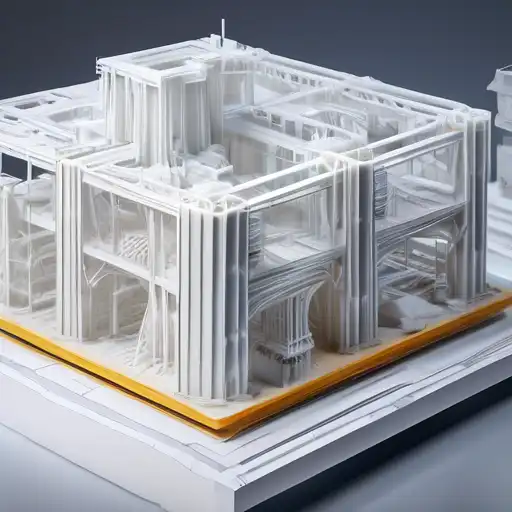Revolutionizing Construction: The Power of 3D Printing
The construction industry is on the brink of a revolution, thanks to the advent of 3D printing technology. This innovative approach to building is not only faster and more cost-effective but also opens up new possibilities for architectural design and sustainability. In this article, we delve into how 3D printing is shaping the future of construction.
What is 3D Printing in Construction?
3D printing in construction involves the use of large-scale printers to create buildings and structures layer by layer. This method can use a variety of materials, including concrete, plastic, and even recycled materials, making it a versatile solution for modern construction needs.
Benefits of 3D Printing in Construction
- Speed: Projects can be completed in a fraction of the time compared to traditional methods.
- Cost-Effectiveness: Reduced labor costs and material waste make 3D printing an economical choice.
- Design Flexibility: Complex geometries and custom designs are easily achievable.
- Sustainability: The ability to use recycled materials and reduce waste contributes to greener construction practices.
Challenges and Considerations
Despite its many benefits, 3D printing in construction faces challenges such as regulatory hurdles, material limitations, and the need for skilled operators. However, ongoing research and development are addressing these issues, paving the way for wider adoption.
Real-World Applications
From residential homes to commercial buildings and even bridges, 3D printing is being used to create a wide range of structures around the world. Notable examples include the first 3D-printed office in Dubai and a pedestrian bridge in Spain.
The Future of 3D Printing in Construction
As technology advances, we can expect to see more innovative applications of 3D printing in construction. This includes the potential for printing entire neighborhoods and even exploring construction possibilities on other planets.
3D printing in construction is more than just a trend; it's a transformative technology that's building tomorrow, today. With its ability to reduce costs, save time, and promote sustainability, it's no wonder that this innovative approach is gaining traction worldwide.
For more insights into the future of construction technology, check out our articles on sustainable building materials and innovative construction techniques.
